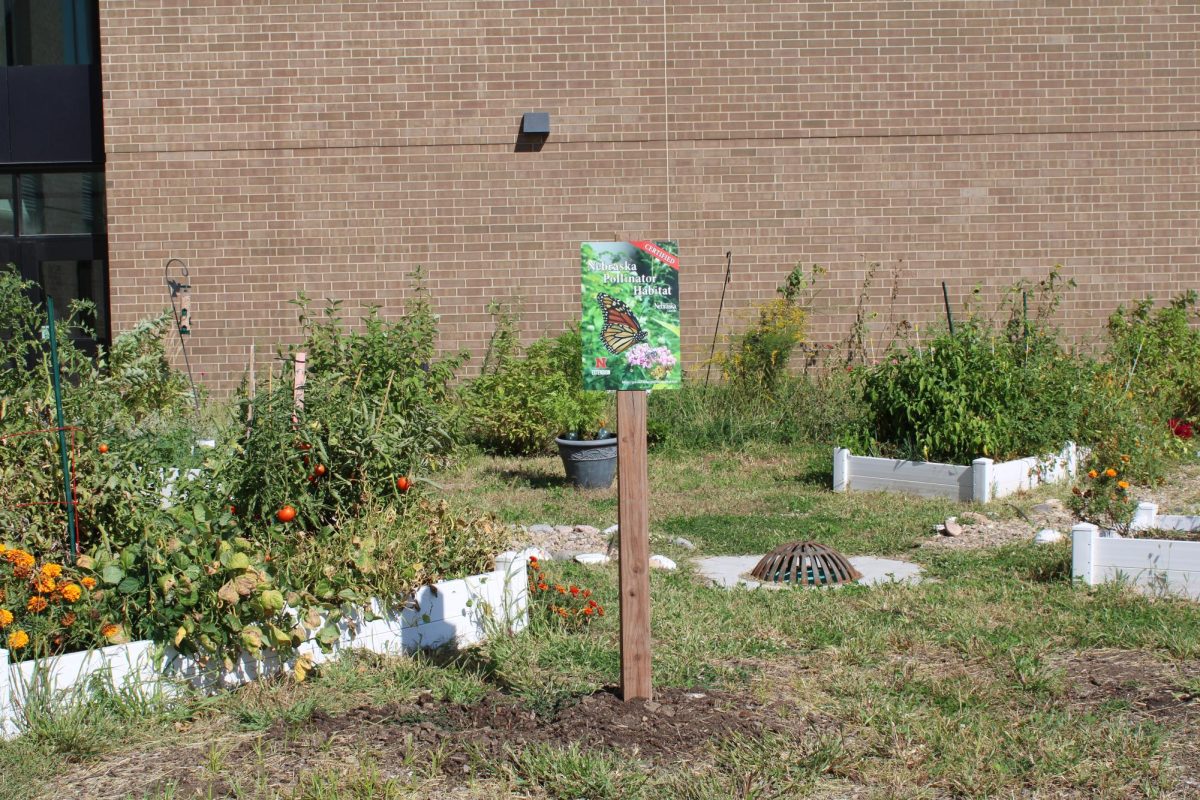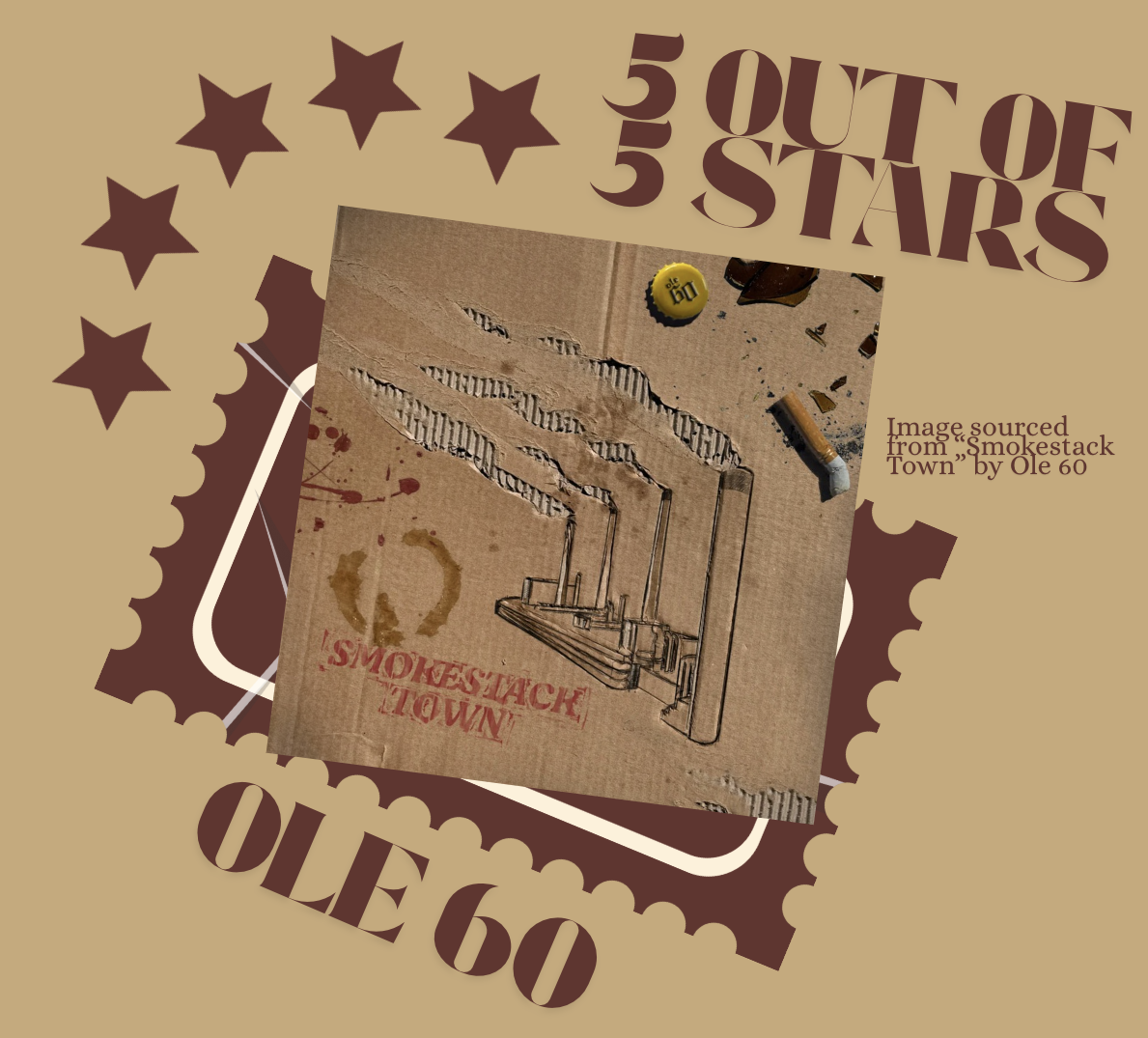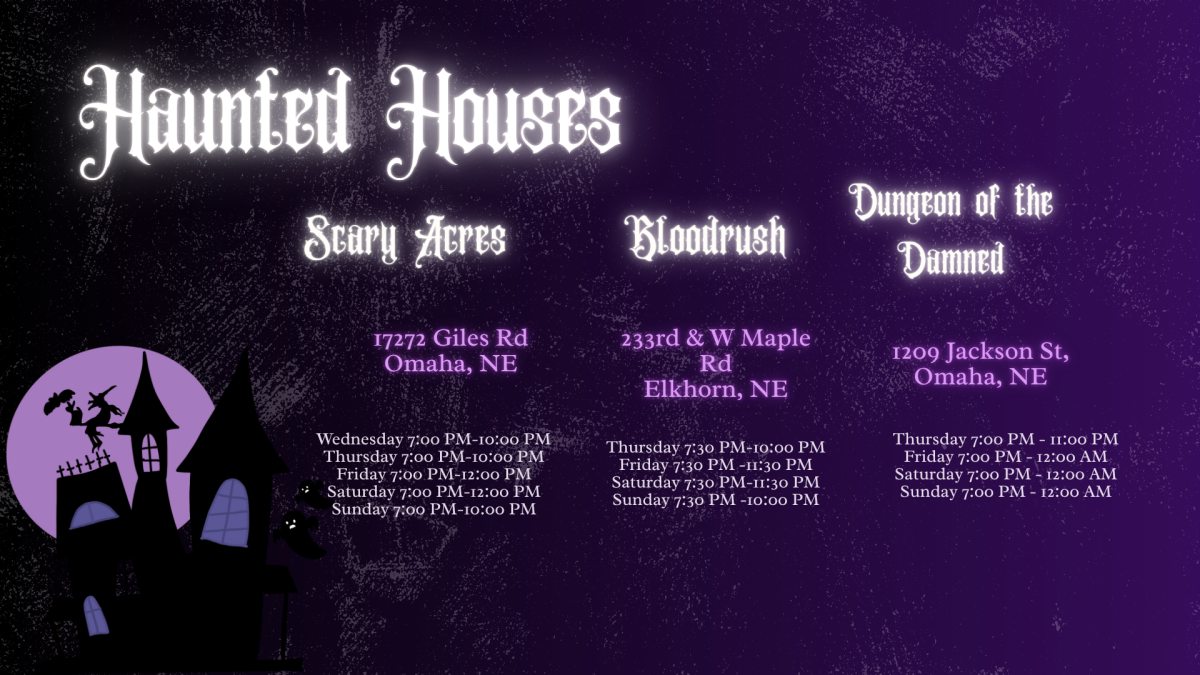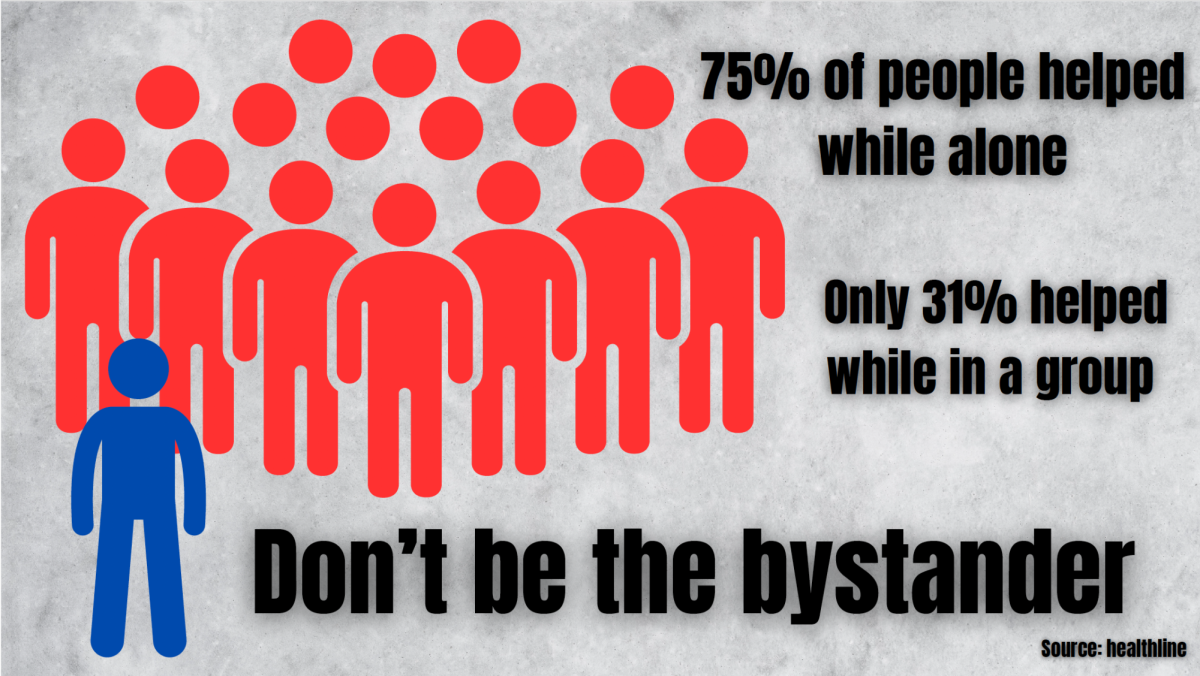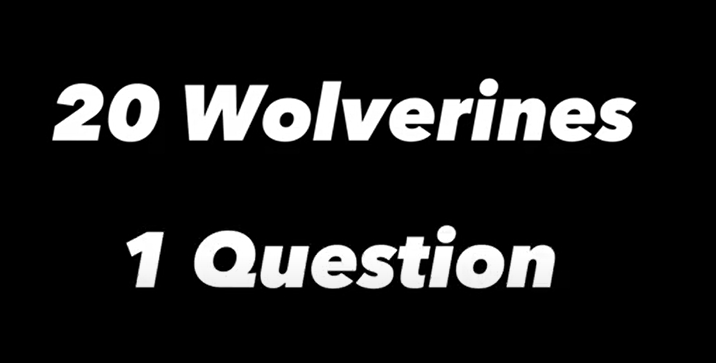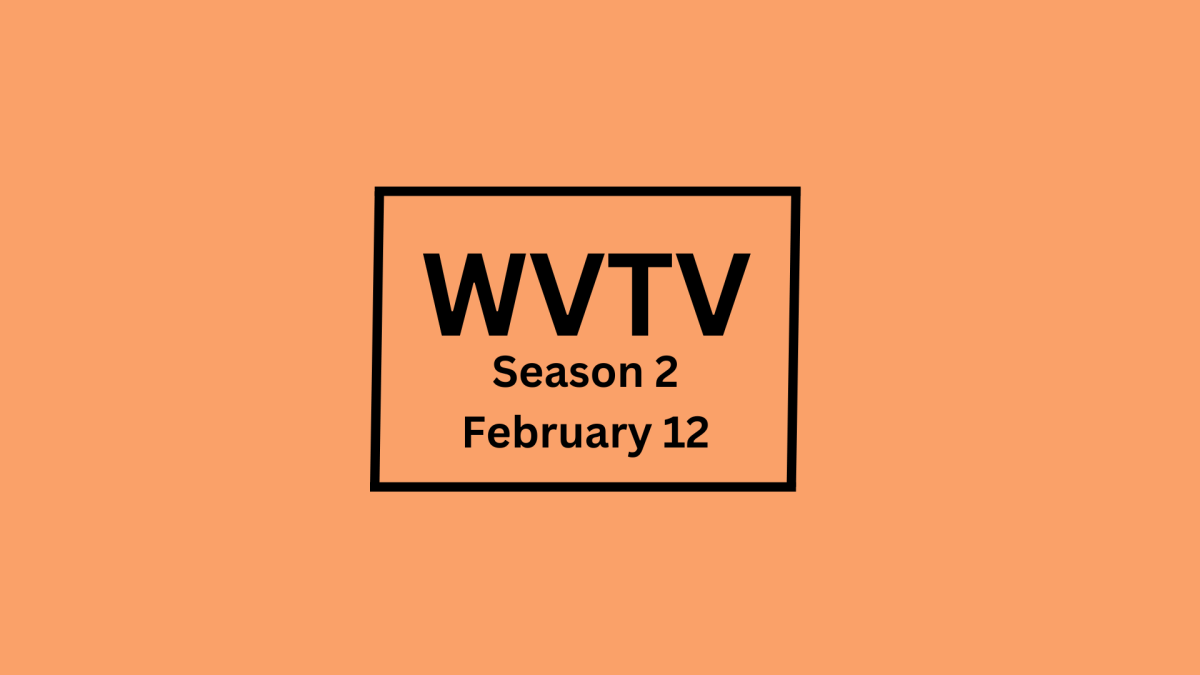As Pope Francis’s historic papacy comes to an end, the Roman Catholic Church stands at a pivotal crossroads. Bold reforms, outspoken advocacy, and a distinct pastoral tone, Francis’s time as pope has reshaped global perceptions of the papacy—and now raises pressing questions about what will follow.
Elected in 2013 after the resignation of Pope Benedict XVI, Jorge Mario Bergoglio became the first Jesuit (maybe explain what this is), the first Latin American, and the first pope from the Southern Hemisphere. From the start, Francis signaled that his papacy would break with tradition. He chose to live in the Vatican guesthouse rather than the Apostolic Palace, eschewed luxury, and adopted the motto “Miserando atque eligendo” — roughly translated, “Lowly but chosen.”
A Church Turned Outward
Francis quickly earned a reputation for humility and compassion, but also for candor. He famously asked, “Who am I to judge?” when speaking about gay priests, shifting the Church’s tone on LGBTQ+ issues from condemnation to pastoral care. Though Church doctrine has not changed on sexuality or abortion, his message has been consistent: mercy over judgment, inclusion over exclusion.
He championed environmental protection with his 2015 encyclical Laudato Si’, calling climate change a moral issue and urging global action. He elevated economic justice as a spiritual matter, frequently condemning “the idolatry of money” and standing in solidarity with migrants, the poor, and the marginalized.
Francis also made waves in Church governance, pushing for decentralization and synodality—an effort to make the Church more participatory and less hierarchical. He convened synods on family, youth, and most recently, synodality itself, inviting input from laypeople and women in ways unprecedented in modern Catholicism.
Resistance and Limits
Still, his reforms have not gone unchallenged. Conservative factions within the Church, particularly in the United States and parts of Europe, have criticized Francis for his openness to cultural shifts. Some bishops have openly questioned his leadership, and debates around clerical celibacy, the role of women, and communion for divorced Catholics have exposed deep rifts.
Francis’s handling of the clergy sexual abuse crisis also drew mixed reviews. Though he created new mechanisms to hold bishops accountable and disbanded some cover-up cultures, critics argue the response has been uneven and at times opaque.
Now that Pope Francis has passed, it means the next pope is likely to reflect, at least in part, Francis’s vision. But the ideological and regional divides within the Church remain sharp.
Will the next pontiff continue along the path of reform, or pivot back to doctrinal rigidity? Will the Church’s center of gravity continue to shift toward the Global South, where Catholicism is growing most rapidly? And will the spirit of synodality—listening, decentralization, inclusion—be deepened or dismantled?
One thing is clear: Pope Francis has indelibly changed the papacy, offering a model rooted less in imperial authority and more in servant leadership. Whether that transformation lasts will depend not only on his successor, but on the global Catholic community’s appetite for change.
As the curtain slowly draws on this pontificate, the Church holds its breath—grateful for a pope who led with simplicity and heart, and anxious about what, and who, comes next.







